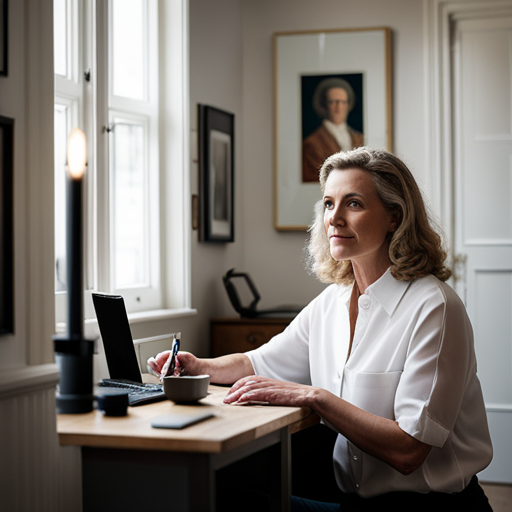Botanical bliss: A guide to incorporating plants in your interior design
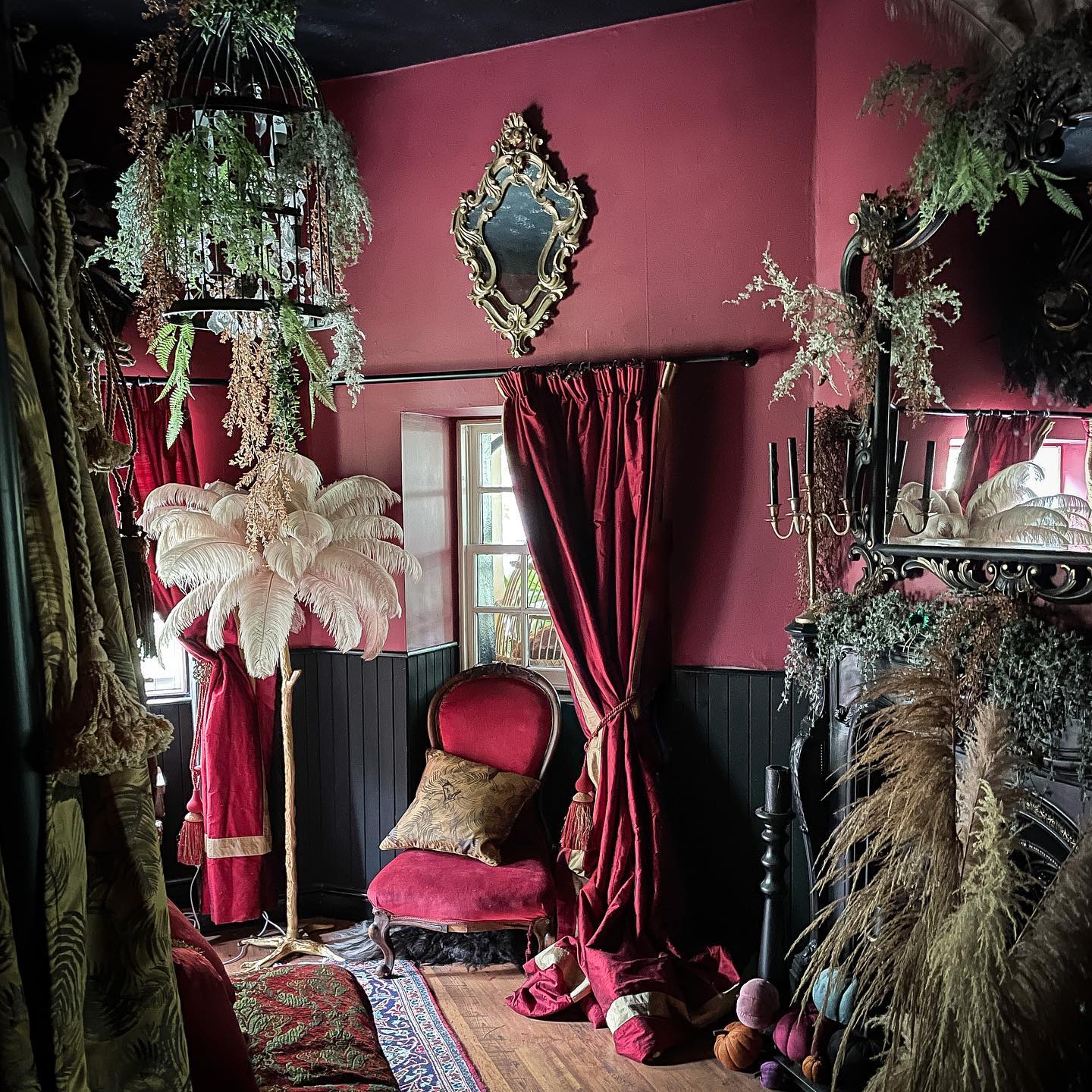
In this article:
Intro Plants in our homes do more good than we give them credit for Choosing the right plants for your space Creative ways to display your plants Plant placement and how it can enhance your home’s aesthetic Caring for your indoor plants Using plants as natural air purifiers for their health benefits
Hero is a romantic but goth Victorian interior from @couthyhome
Whether you are a plant enthusiast or a newbie to the world of interior design, this comprehensive guide promises to provide you with insightful tips, expert advice, and creative ideas on seamlessly integrating plants into your home aesthetic.
By blending the preciseness of formal design principles with the unruly beauty of nature, we unlock the secret to achieving balance, serenity, and a deep connection to the natural world within the confines of our indoor spaces. Get ready for a visually captivating journey as we explore the transformative power of plants, revealing their magic in enhancing your physical surroundings and inner well-being.
Plants in our homes do more good than we give them credit for
Adding plants to your interior design is not merely an aesthetic choice but a lifestyle. The current trend towards incorporating more greenery in interior spaces reflects our innate desire to reconnect with nature and strive for a healthier, more sustainable way of living.
Plants add visual interest and texture to a room, sure, but they also improve air quality by filtering harmful pollutants, making them essential for maintaining a healthy and balanced indoor environment.
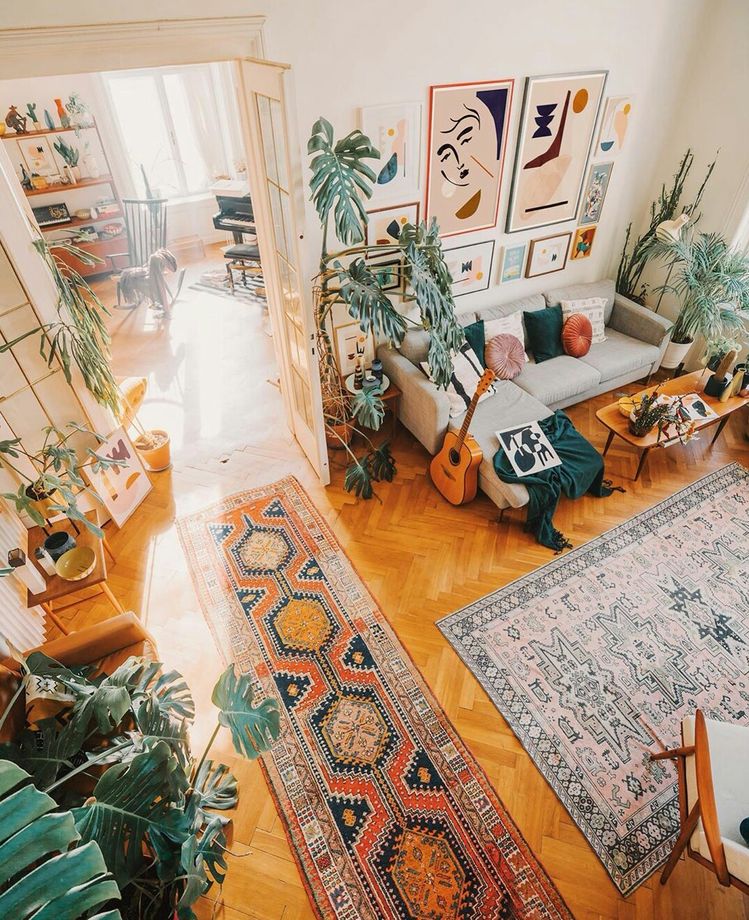
Moreover, plants have been scientifically proven to reduce stress levels and increase productivity, making them ideal for workspaces. They also bring a sense of calmness and tranquility to our living spaces, creating a more relaxing atmosphere for unwinding after a long day. Hoyas, in particular, are known for their air-purifying properties and can thrive in low light conditions, making them a popular choice for indoor plants.
Choosing the right plants for your space
Before diving into the world of plants, it is crucial to consider your space and its lighting conditions. Different plants have varying light requirements, so understanding your space’s natural lighting will help you choose the suitable plant species that can thrive in your specific environment. For example, snake plants and succulents are low-maintenance options that do well in bright, indirect light, while ferns and peace lilies prefer low to medium-light conditions.
Another essential aspect to consider is the size of your space. If you have a smaller area, opt for plants with smaller pot sizes and compact growth habits, such as spider plants or pothos. For larger spaces, tall and statement plants like fiddle leaf figs or monstera deliciosa can create a bold and dramatic impact.
Creative ways to display your plants
Plants are not just limited to traditional planters; there are endless creative ways to incorporate them into your interior design. Hanging plants in macramé plant holders can add a bohemian touch to any room, while wall-mounted shelves or terrariums create a modern and eclectic look. Consider placing potted plants on floating shelves or in sleek and elegant glass containers for a more minimalist approach.
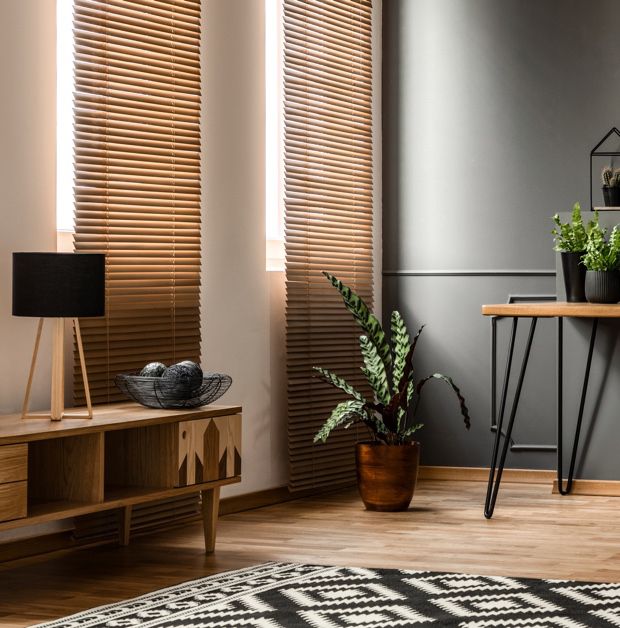
If you have limited floor space, consider using vertical space by installing a living wall or creating a hanging garden. These eye-catching displays add visual interest and maximize the use of limited space. Additionally, incorporating plants in unexpected places, such as bathrooms or kitchens, can add a unique touch to your home design.
Plant placement and how it can enhance your home’s aesthetic
The placement of plants within your home can have a significant impact on the overall aesthetic and feel of a room. For example, adding small potted succulents or cacti to a bookshelf can add pops of greenery and texture while also breaking up the monotony of books and trinkets. Placing larger plants in corners or next to furniture pieces can create a sense of balance and fill empty spaces.
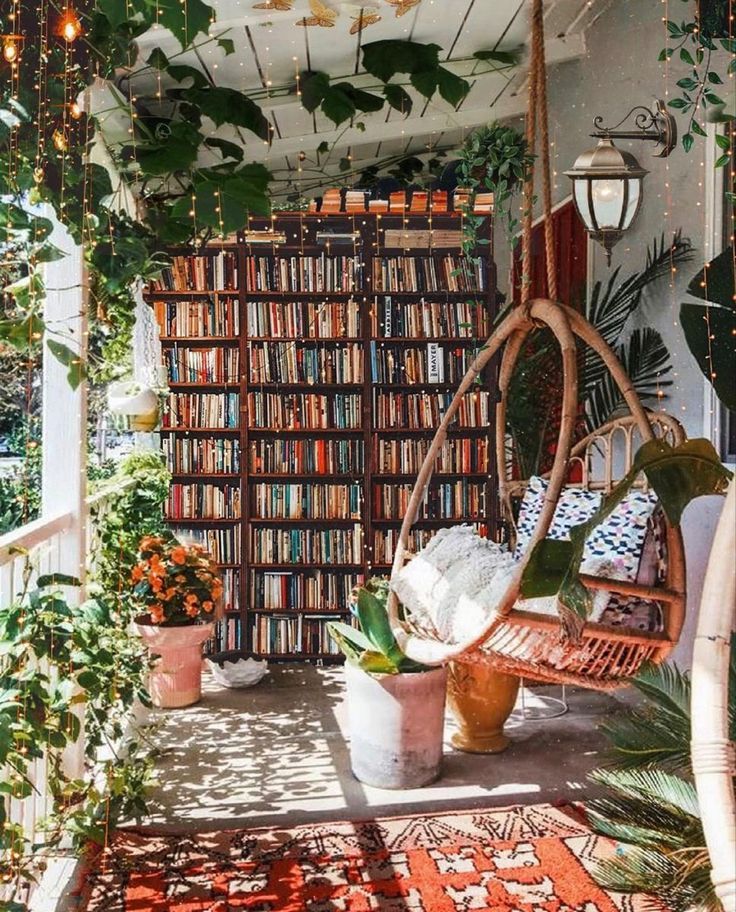
Consider grouping plants based on color or texture for a cohesive and visually appealing look. For instance, combining shades of green plants or incorporating plants with similar leaf shapes can create an aesthetically pleasing display. Experimenting with different heights, textures, and colors can add dimension and visual interest to your space.
Caring for your indoor plants
Caring for indoor plants may seem daunting, but it is a simple and rewarding process. Different plants have varying care requirements, so it is essential to research the specific needs of each plant you bring into your home. However, some general tips include providing adequate watering, light, and humidity levels and regularly checking for pests or diseases.
In addition to regular care, it is crucial to rotate your plants’ positions to ensure they receive even light distribution and prevent them from leaning towards a light source. Regularly dusting or wiping down leaves will also help keep your plants healthy and looking their best.

Using plants as natural air purifiers for their health benefits
In addition to their visual appeal, plants offer numerous health benefits for you and your home. Plants act as natural air purifiers by absorbing harmful pollutants and releasing oxygen, creating a cleaner and healthier environment. It can be especially beneficial for those living in urban areas with high levels of air pollution.
Moreover, numerous studies have consistently demonstrated the many benefits of having plants in your home. Not only do they enhance the aesthetic appeal, but they also have a profound impact on mental well-being. The presence of plants can significantly improve mental health by reducing stress and anxiety levels and promoting a sense of overall well-being.
Additionally, they have been found to alleviate physical symptoms like headaches and allergies. Incorporating plants into your living space adds beauty and freshness and contributes to a healthier and more harmonious environment.
To wrap it up, there is never too many plants in a home. Whether you want the organic modern minimalism, or a full-on eco witch fairy vibe, plants are a great and a healthy choice to achieve the look.

